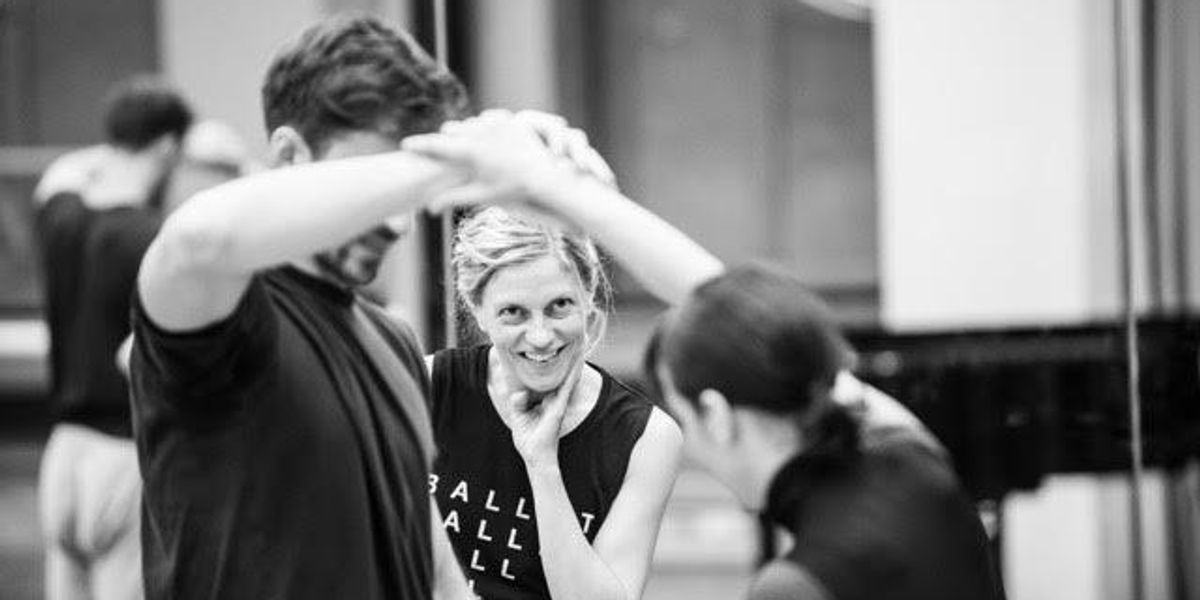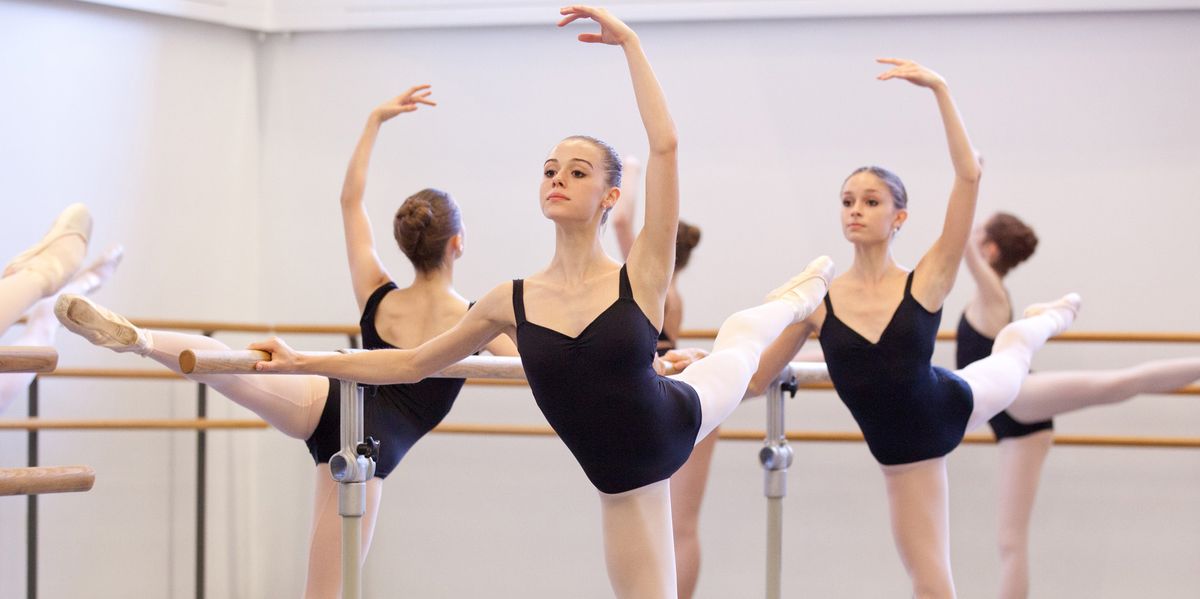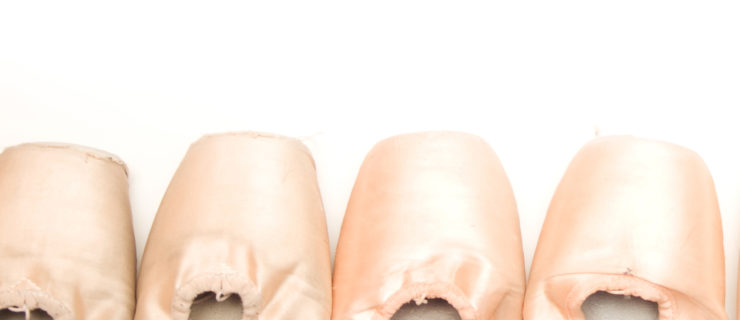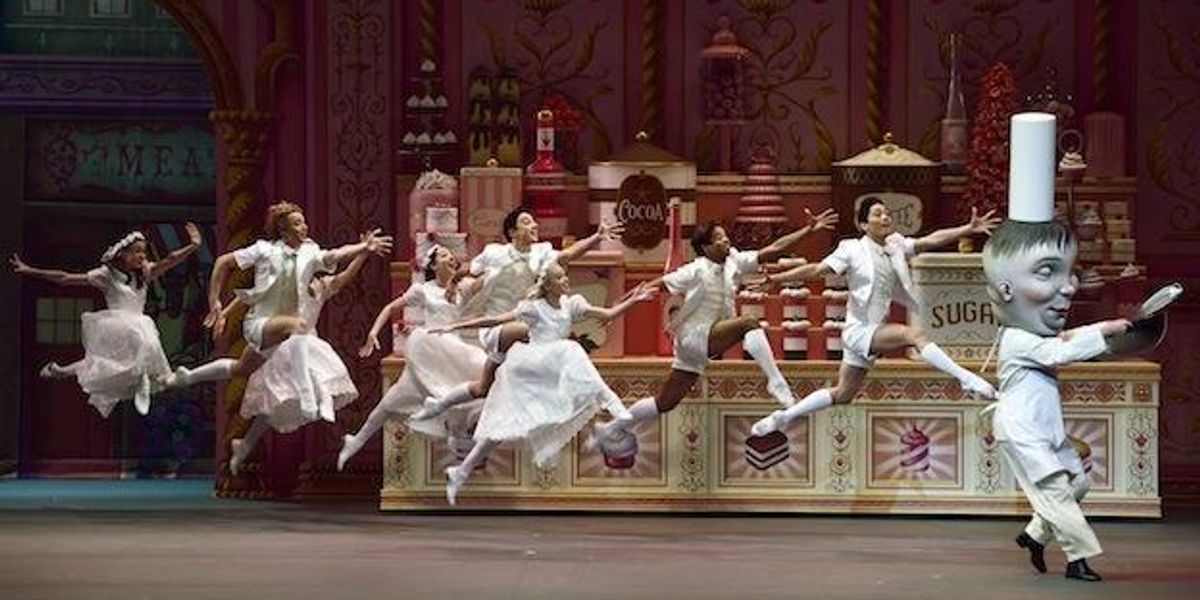Why Aren't We Teaching Aspiring Ballerinas How to Choreograph?
In February, I attended the Prix de Lausanne, where I moderated a series of panel discussions that were open to the competing students, their teachers and parents, and the public. One topic I was particularly excited about concerned women in leadership roles, and how the ballet world can better nurture leadership qualities in female dancers. My panelists included Korean National Ballet artistic director Sue Jin Kang, English National Ballet associate director Loipa Araújo and Gigi Hyatt, the deputy director of the Hamburg Ballet School.
There was just one problem—while there were plenty of audience members, none of the female students actually showed up. As I watched a few of them browse the pop-up ballet shop on their way out of the theater, I couldn’t help but think “Don’t you know this talk is for you?”
They had had a very long and stressful day and probably wanted to get back to their hotels. Still, it was an enlightening moment for me, one I couldn’t help thinking about again in light of recent events.
This week, a New York Times interview with Justin Peck, Christopher Wheeldon and Alexei Ratmansky sparked a heated debate on social media. When asked why the majority of ballet choreographers are men, they gave a range of answers that many felt didn’t go far enough to acknowledge ballet’s inherent sexism. Peck thought there needed to be more encouragement and support for women at an early age; Wheeldon wasn’t sure why there was a disparity, but noted that many companies are actively trying to improve diversity; Ratmansky didn’t feel there was a problem, citing the success of Crystal Pite, Jessica Lang and Annabelle Lopez Ochoa. (On his Facebook page, Ratmansky later stressed that the question was not part of the original interview and that he had quickly texted back his answer in between rehearsals.)
Is ballet sexist? Absolutely. I have plenty of examples from my own career of being treated differently or paid less than my male counterparts. And these differences in treatment are baked in at an early age: Male students are rare and highly prized, while female students are a dime a dozen and easily replaceable. Many in the dance industry feel this, in addition to the fact that women tend to have busier rehearsal schedules as professionals, has a direct correlation to the gender imbalance in leadership roles, and choreography in particular.
Choreographic talent has nothing to do with one’s gender, and shouldn’t be judged such. But I think Peck is on to something. As my experience at the Prix suggests, I suspect most aspiring ballerinas aren’t even thinking about choreographing or directing someday—I certainly wasn’t at their age. By the time they do, it’s difficult to find time in between long corps de ballet rehearsals to explore those skills, especially if they’ve forgone college to go right into a company.
This got me thinking: I didn’t have aspirations to become a journalist until I took my first journalism class. But dance composition is completely absent from most classical ballet curriculum. Couldn’t we do a better job at offering ballet students a chance—whether it’s part of their weekly curriculum or a workshop or in summer programs—to explore their creativity, learn about the choreographic process and experience some mentorship? Not everyone wants to be a choreographer, of course, but since the majority of ballet students are girls, it might help inspire those with choreographic talent understand their potential and keep trying. Some schools, like the School of American Ballet, Central Pennsylvania Youth Ballet and University of North Carolina School of the Arts’ high school program already do this. Then there’s American Ballet Theatre corps dancer Gemma Bond—she discovered she had a gift for dancemaking at a choreographic competition at The Royal Ballet School. And she’s been steadily working her tail off to hone her craft and present work ever since. (Will she have a chance to choreograph on the main company soon?) While I don’t think choreography classes are the only answer, who knows what talent could be nurtured if we took the time to develop it.
For more news on all things ballet, don’t miss a single issue.



